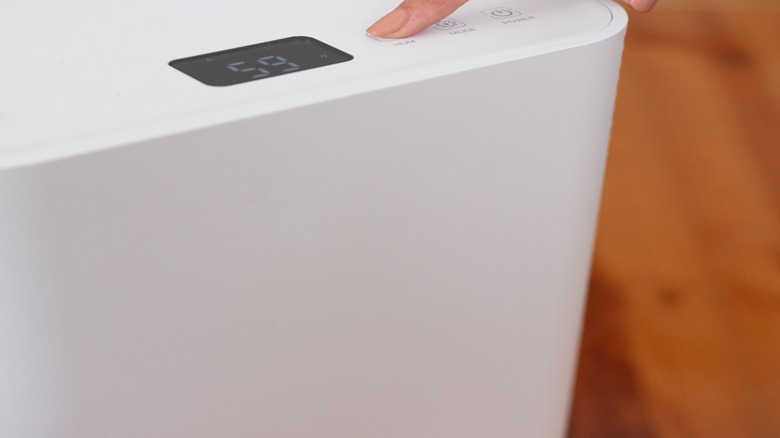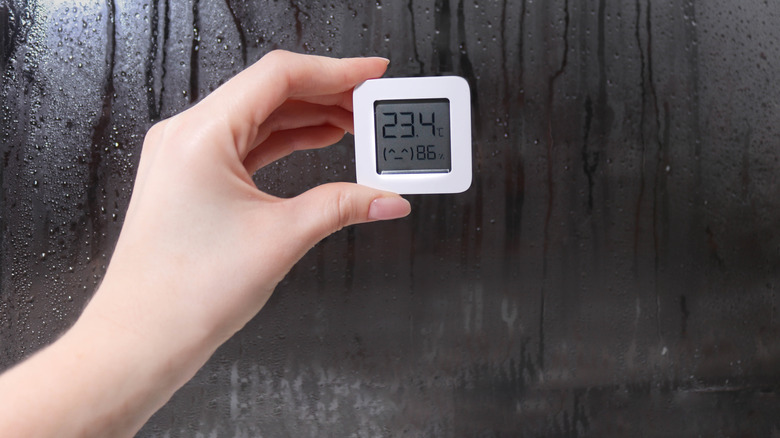Is There A Best Time To Run A Dehumidifier? It May Not Matter (But Here's What Does)
If excess humidity is a concern in your home, you might consider running a dehumidifier. These devices work by removing excess moisture from the air that may be contributing to higher-than-normal (even just higher-than-desired) humidity levels. Your options range from system-wide dehumidifiers as part of an HVAC system to smaller, portable appliances you can use in individual rooms in your home. When deciding the best time to run these devices, though, you should make this decision based on actual humidity levels rather than a set schedule.
Having the right humidity in your home is important for your overall health. Ideally, humidity levels should fall somewhere between 30% and 50%, according to the U.S. Environmental Protection Agency. Such levels mean it's comfortable enough for relaxed breathing without drying out your skin. This range is also helpful for controlling dust mites and mold and may be especially important if anyone in your household has allergies, eczema, or asthma.
And if your home is too humid, you might have issues with allergens. If humidity is extreme, you can even have trouble breathing. Too much moisture is also bad for your home, as it has the potential to lead to mold and may damage parts of your house. Dehumidifiers can help remove excess moisture before it leads to such problems, but you'll also want to avoid these common mistakes when dehumidifying your home.
How to know if you need to run a dehumidifier
Ideally, a dehumidifier should be run whenever humidity levels are too high. One way to check the humidity levels in your home is with a hygrometer, which is a gauge that specifically measures this moisture. Whenever levels exceed 55 to 60%, consider turning on a dehumidifier. In this way, you're responding to the exact humidity in your home, rather than any particular timing, which may or may not correlate to the issue you're trying to solve.
Aside from using a hygrometer, there are other ways you can assess the humidity without relying on an exact reading from a tool like a hygrometer. Overall, there may be too much moisture in the air if your home feels sticky and stuffy and you're having difficulty breathing. In severe cases, you might see water droplets and condensation on walls and floors. Your home may smell damp, too. Chronic runny nose, coughing, or worsening allergy symptoms are other possible signs of too much humidity. A sudden influx of pests, such as silverfish and cockroaches, is also associated with high humidity, as well as mold growth in areas like your bathrooms.
Any of the above signs can indicate it's time to run a dehumidifier. If you don't have a system-wide dehumidifier, you can still control excess moisture with portable devices. These work particularly well if humidity problems are concentrated in areas such as your bathroom or living room. There are potential downsides to using portable dehumidifiers to consider, though. Alternatively, you can open a window if the humidity appears higher in select rooms only. If your home is humid and cold, you should consider running your heater instead.

